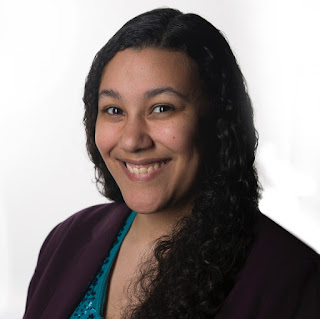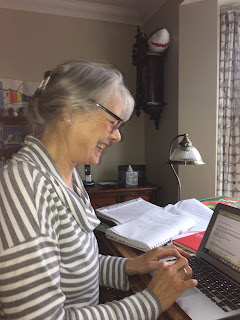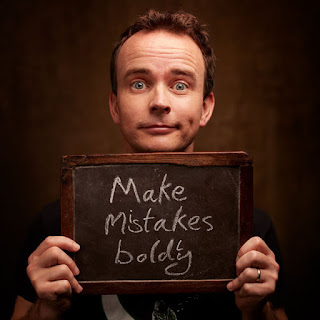I’ve always loved picture books, since my own childhood, when I was lucky enough to have a mother who loved children’s books; then sharing them with my own children and grandchildren, as well as enjoying sharing the pleasure picture books give when I was teaching. Some favourites have stayed with me. But what do these books have that make me admire/love them? I’ll try to explain.
Timothy Tabbycat written and illustrated by Cam is from my childhood. It’s about a quest to help a hare that has been captured by two witches called Mrs Longtooth and Mrs Snatchangrab. It was terrifying yet I loved it! Still do! It’s now classed on a certain website as an ‘Extraordinarily Rare Antique Children's Book’! That puts me in my place!
Dogger, written and illustrated by Shirley Hughes is a classic. It’s guaranteed to make me cry every time I’ve read it to my children, grandchildren, a class of children... or just treat myself to the umpteenth time on my own. It’s the part where Bella offers Dave her newly-won bear instead of his lost favourite cuddly, Dogger, that gets me. Her act of kindness is so touching. Dogger must be one of my favourites of all time!
The Gruffalo by Julia Donaldson - Who could not admire The Gruffalo with its perfect rhythm, rhyming and scanning, its attractive illustrations by Axel Scheffler and the story of the clever, brave young mouse? For me, it’s a ‘wish I had written it’ book.
A more recent pleasure is Bonkers about Beetroot by Cath Jones. It’s about a wonderful zebra character that is determined to save the day when the zoo is scheduled to close. I love the bold illustrations by Chris Jevons, and the great twist at the end of the story... not forgetting the grumpy penguin, of course!! It’s a truly bonkers book!
Superheroes don’t get scared... or do they? This is a recently published picture book, Kate Thompson’s first. With an amazingly funny text and vibrant illustrations by Clare Elsom, it has a brilliant message – it’s OK to be frightened!
There are so many picture books that I have loved over the years and it’s impossible to name them all, but a wish has always been lurking in my mind: How fantastic it would be to have my own picture book published! I’ve tried, honest!
I began making up stories when I was a child, telling them to my younger brothers when they were in the bath! And I was praised for my story writing all throughout school, so I suppose this was the start of my desire to have a picture book published.
Then, having been a teacher for many years, most of the time in Reception Classes, I began writing simple reading books some years ago, purely because I didn’t feel there was enough interesting and stimulating material out there at the time to give readers the incentive and stimulation to learn the sometimes impossible skill of reading. None of my efforts was published then, but I kept writing and eventually, my first book came into being: Cooking with Rabbit.
That was the first of many and I’ve now passed 150 published books with a variety of publishers and at a variety of levels and a variety of genres, from a pre-reader with no words... through Early Readers that are very strictly based on phonics (very hard to write, but I love the challenge!); different levels of fiction and non-fiction ‘reading books’ for young children; Science and English workbooks; four historical books based on different periods of history; to books for reluctant or struggling teenagers and adults.
But none of these is a picture book!
During over 25 years of writing for educational publishers, I’ve attempted many times to write picture book texts to no avail. So, when yet another rejection email arrives in my inbox, or worse still, when there’s no response at all, I often ask myself, ‘Should I persevere with my attempts to get one accepted?’ Or...
‘Stick to what you know,’ is the advice many people give, so that’s what I’ve mainly been doing all this time. I’m fully aware that writing a picture book is a very different skill to writing that required for writing a ‘reading book’. The illustrations in reading books need to match the text, while pictures in a picture book add a new dimension to a story.
So, I’m sure you can imagine the thrill and elation when the acceptance came! How it happened in the end was ironic really. I sent in a text for an early reader and guess what! My editor loved the story and wanted the text adapted for a picture book! Yay! My first picture book, Raccoon and the Hot Air Balloon, illustrated wonderfully by Kristen Humphrey, is being published on 28th June!
























































